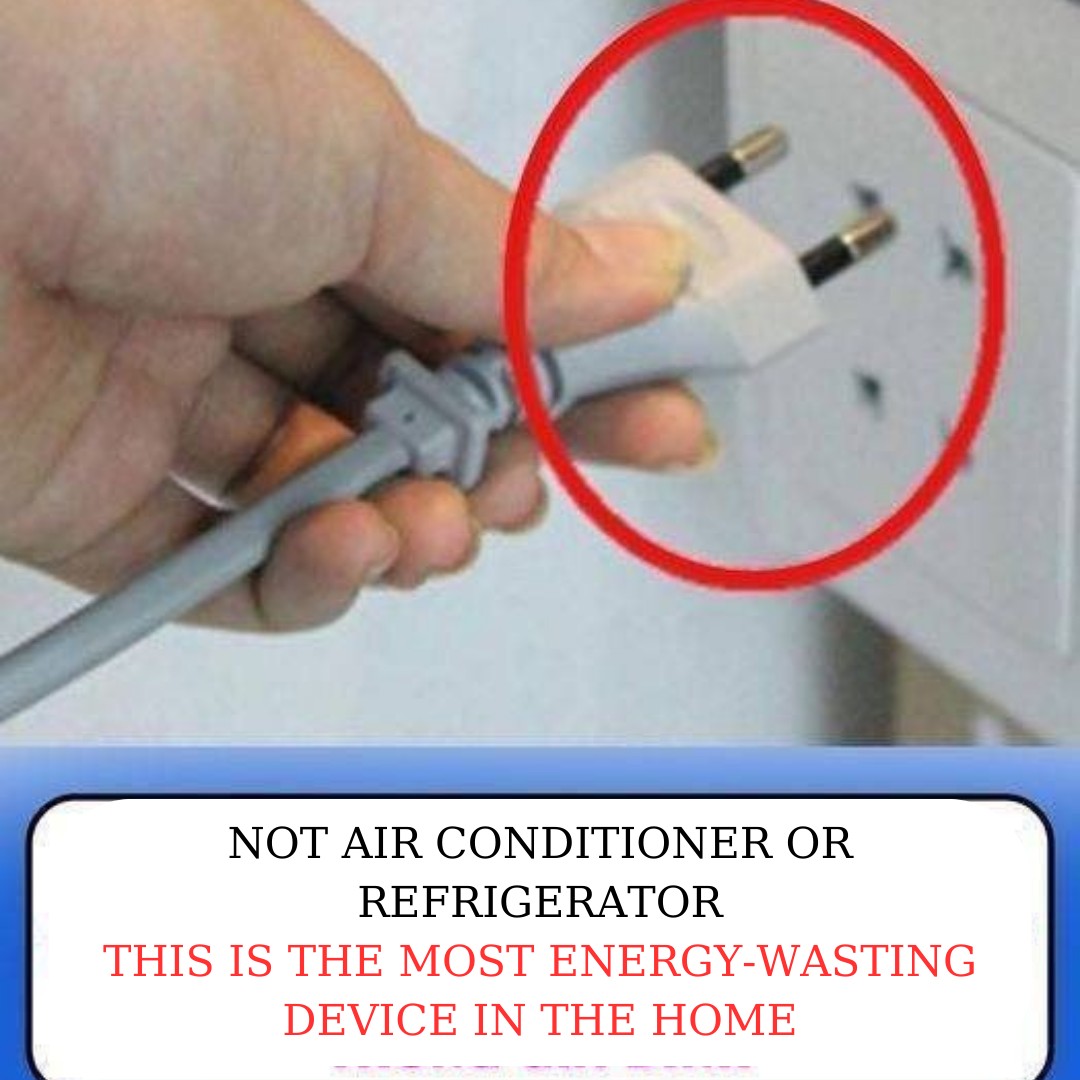When it comes to household appliances that consume the most electricity, most people immediately think of air conditioners, refrigerators, or washing machines. However, one device quietly adds to your electricity bill every single day, and it might surprise you: your television. Even when it’s not in active use, leaving your TV plugged in 24/7 contributes to unnecessary energy waste. Today, we’ll break down why your TV consumes more power than you realize, the hidden costs of leaving it plugged in, and how simple changes can make a significant difference on your monthly energy bill.

Why TV Energy Consumption Is Often Overlooked
It’s easy to dismiss the energy consumption of a television. After all, modern TVs are marketed as energy-efficient, and their wattage seems relatively low compared to other appliances. For example, a standard 32-inch LED TV consumes about 40 watts of electricity per hour when turned on. At first glance, that doesn’t seem like much. However, when you add up the hours the TV is left on daily—sometimes playing in the background even when no one is watching—it starts to add up.
But here’s where the real issue lies: standby mode. Most TVs aren’t fully turned off when you press the power button on your remote control. Instead, they enter a low-power standby mode, which still consumes electricity. This allows the TV to power on instantly when you press the remote, but it comes at a cost.
Even in standby mode, a TV can consume 1 to 5 watts per hour, depending on the model. It might not sound like much, but over weeks and months, that energy usage becomes significant—especially when you consider that many homes have multiple TVs, all quietly sipping power 24/7.
The Hidden Costs of Leaving Your TV Plugged In
While standby mode seems convenient, it contributes to a phenomenon known as phantom energy consumption or vampire power. This refers to the electricity used by appliances that are plugged in but not actively in use. TVs, gaming consoles, and even streaming devices are notorious for this.
According to energy experts, phantom power can account for up to 10% of a household’s total electricity consumption. That’s right—devices that appear to be off are still impacting your monthly bill. If you leave your TV plugged in around the clock, you’re essentially paying for convenience every single day.
In financial terms, standby power costs households an average of $100-$200 per year. That’s money you’re spending for no practical benefit, simply because the TV remains plugged in while idle.
Why Unplugging Your TV Is the Smarter Choice
The solution is simple: unplug your TV when you’re not using it. While it might seem inconvenient at first, the energy savings are undeniable. When you completely cut off power to your TV by unplugging it or using a power strip with an on/off switch, you eliminate standby power consumption entirely.
Additionally, unplugging your TV doesn’t just save money—it also extends the lifespan of the device. Constant exposure to electricity, even in standby mode, can gradually wear down internal components. Over time, this could lead to reduced performance or even premature failure of your TV.
Practical Tips to Reduce TV Energy Consumption
If unplugging your TV every time feels like too much effort, don’t worry—there are smarter ways to minimize energy waste without disrupting your routine:
- Use a Smart Power Strip: These power strips automatically cut power to devices when they enter standby mode. It’s a great hands-free solution for reducing phantom power.
- Enable Energy-Saving Settings: Most modern TVs have energy-efficient modes. Make sure they’re enabled to reduce power usage while watching.
- Turn Off the TV Completely: Instead of just pressing the power button on your remote, turn off the TV using the physical power button or unplug it after use.
- Limit Background TV Time: If no one is actively watching, turn the TV off instead of leaving it running for hours.
- Upgrade to an Energy-Efficient TV: If your TV is older, consider upgrading to a newer model with an Energy Star certification. These TVs are designed to consume significantly less power in both active and standby modes.
Small Changes, Big Impact
At first glance, unplugging your TV might feel like a minor adjustment. But when you consider the cumulative impact over months and years, the savings become substantial. Cutting phantom power from your TV can reduce your household energy consumption, lower your electricity bills, and contribute to a more environmentally friendly lifestyle.
Beyond financial savings, unplugging your TV when not in use is also a responsible habit. As more people adopt this practice, the collective energy savings across millions of households could have a meaningful effect on reducing unnecessary electricity waste and lowering carbon emissions.
It’s Time to Break the Standby Habit
For most of us, the convenience of standby mode has become second nature. We’re accustomed to pressing a button on a remote and seeing the TV light up instantly. But this convenience comes at a cost—one that’s quietly adding up on our electricity bills every month.
The good news is that this problem is easy to fix. Whether you choose to unplug your TV manually, use a smart power strip, or simply adjust your viewing habits, every small change helps.
So, the next time you’re done watching TV, don’t just reach for the remote—reach for the plug or flip off that power strip. It’s a simple habit that could save you money, extend your TV’s lifespan, and reduce your carbon footprint. In the end, being mindful about how you use your television isn’t just about saving a few dollars—it’s about adopting smarter energy habits for a better future.





